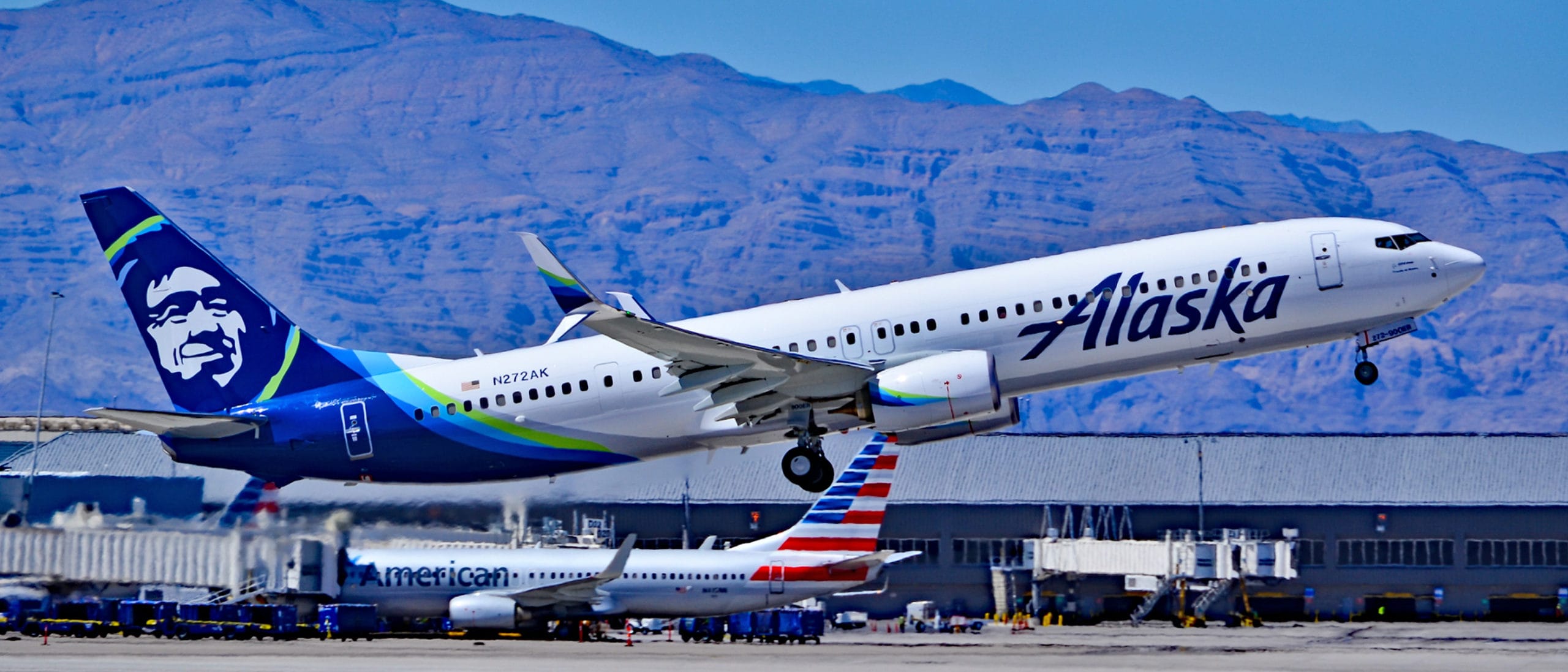Best Practices: Brands Thinking Forward
For the third and final chapter in this series, we consider brands emerging from the era of COVID-19. During this time, we’ve been inspired to work together in the face of adversity. We’ve seen examples of organizations that have done so with grace and others that seemed to stumble uphill. Elon Musk, anyone? Boeing or WeWork? Let’s focus on the shining examples and watch how the market responds.
CHAPTER 3:
Recognizing grace.
In this final chapter, we will look at a few select brands that are employing successful brand strategies and how they’re messaging during this time. More importantly, we’re interested in how they are acting to address the realities of a tumultuous market and the feelings that come with it. There are so many examples of organizations, both great and small, that exemplify best practices in times of trouble. Each has taken a different path.
Let’s take a look at a few industries and the organizations that seem to be thriving.
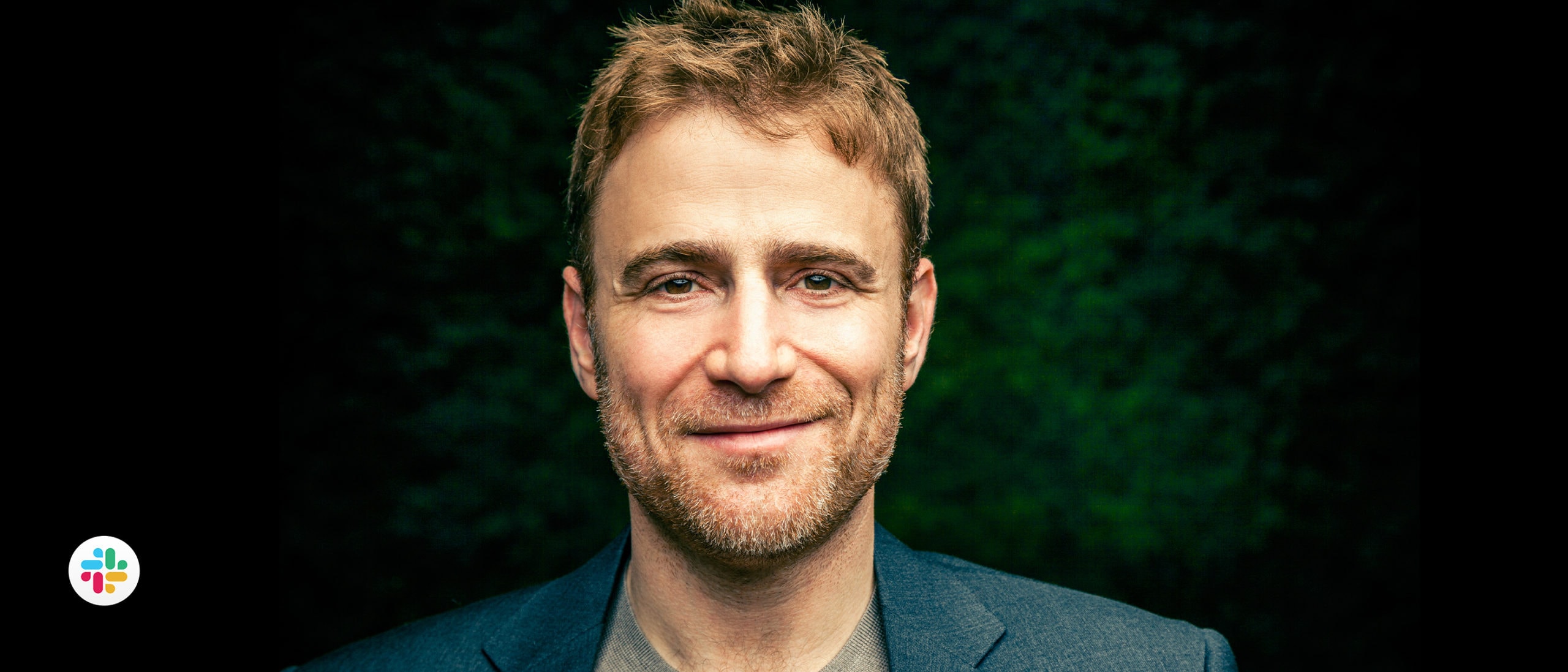 Stewart Butterfield, CEO and co-founder; © Carlo Ricci Photography
Stewart Butterfield, CEO and co-founder; © Carlo Ricci Photography TECHNOLOGY:
Slack
Many of us first recognized Stewart Butterfield’s name as the co-founder of Flickr, the early image and video hosting service he’d created with his wife, Caterina Fake, in 2004. In 2013, Butterfield introduced Slack, the instant-messaging tool for internal teams. Two years later, he had raised $340 million in capital and Slack went public in the summer of 2019. Today Slack is the corporate de-facto tool for project teams of every size. We use it at OVO every day, and during the time of COVID, it’s been an essential tool for staying in touch. As it promises, Slack brings the team together, wherever you are.
It was March 25th that first caught our attention. Butterfield was using Twitter to tell his company’s story and the struggles that ensued.
“When the possibility of millions of deaths is slowly starting to sink in, it’s hard to say an otherwise normal CEO thing like “the macro environment is creating significant tailwinds for the business” and it felt completely impossible to extrapolate out from this present moment.”
What he did was so very simple. He told the truth, or at least the truth in as much as he was seeing it as the pandemic became increasingly serious. It put a human face on a tool that doesn’t always feel so human. The company removed barriers to use for many and price for others. Butterfield’s language made us feel comfortable. And in doing so, he reminded us that tools such as Slack really can bring people closer together. He keeps doing it.
 © Zoom
© Zoom Zoom
It sort of goes without saying that Zoom has been the breakout story of success —security blunders aside—by connecting nearly 300 million meeting participants per day during this period of shelter-at-home measures and the era of WFH. But we’ll say it anyway. More impressively, Zoom was seemingly prepared for unprecedented growth among their user base without significant friction.
Trends, never ending: If any one thing is certain in technology, it’s that innovation always responds. The World Economic Forum outlines ten key technology trends that have accelerated as a result of COVID-19 and how these innovations may help reduce the spread of the virus.
 © AirBnB
© AirBnB TRAVEL:
Airbnb
Few industries have felt the effects of this virus as deeply as the travel industry, because our movement as a society in business and in leisure, has slowed to a trickle. And while certain parts of the world are loosening their shelter-at-home policies, the damage to the industry has been done. The future of travel simply looks different. And throughout, Airbnb founder Brian Chesky has been out in front, speaking truthfully about the company and the difficult business decisions it has had to make.
Daniel Roth, the Editor in Chief at LinkedIn recently interviewed Chesky for the This Is Working podcast. He reported that Airbnb’s new listings had fallen 80% in under two months and the company had already warned investors to expect a 50% drop or more in revenue in 2020. Following a $2 billion raise in capital, Airbnb was forced to slash overhead. Chesky has been candid, honest, heartfelt and empathetic.
“It just felt like I was a captain of the ship and a torpedo hit the side of the ship and everything started breaking at once.”
When Chesky sent a letter to its 7,500 employees about coming layoffs that would affect more than a quarter of their worldwide staff, you knew it hurt. It was palpable. And while employees were forced to scramble—some undoubtedly feeling some sense of security following the capital raise, only to be later shocked by Chesky’s announcement—he was at once direct and compassionate. As many onlookers and employees agreed, he was generous. To Chesky, it wasn’t merely “employees” who were feeling the pain. Rather he saw them as people; talented teammates that Airbnb and Chesky hated to lose. To help other companies understand who might be their gain, and promote those people forced to depart, Airbnb published a talent database, complete with resumes and social media accounts. Even as they look to join other teams, as a true coach, Chesky continues cheering on their behalf.
Alaska Airlines
Our favorite regional carrier, the Alaska Airlines blog has put a personal face on the realities facing travelers and the travel industry. In addition to flying health care workers for free, for Mothers Day, they created #GoingTheExtraMile hashtag to recognize Mom during this time and donate 500 miles for every post to fund disaster relief. And we would be remiss if we didn’t mention that our appreciation for their tone as the crisis entered its earliest stages, first reflected in this correspondence from Andrew Harrison, Chief Commercial Officer.
An industry, together: As the travel industry continues to find its footing, many companies have banded together to commit resources to those on the front lines and others in need. This is a collective response from hotels, airlines, convention centers and cruise ships.
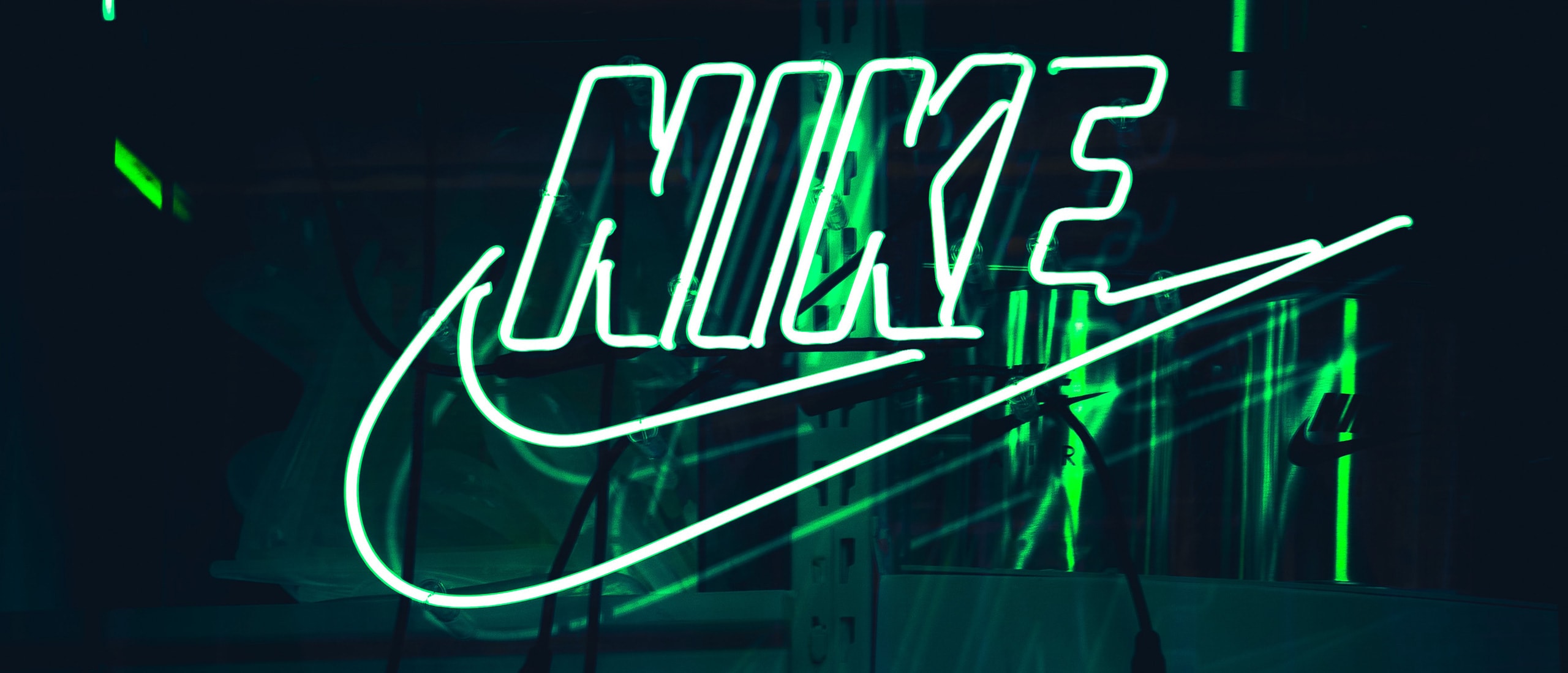 Photo © Freddy Do, Unsplash
Photo © Freddy Do, Unsplash CONSUMER PRODUCTS:
Nike
Closer to home, the company most of us have worked for has shifted gears in a big way. Between the NBA, MLB and the Olympics postponed, Nike has retooled efforts toward digital content and donations. Committing more than $15 million to support COVID-19 response efforts as well as donations of their Air Zoom Pulse footwear to healthcare workers in 10 key cities in the U.S. and Europe. According to Ad Age, the athletic retailer made their Nike Training Club app free of charge and brought athletes inside for The Living Room Cup, a digital workout and fitness series offering everyday athletes the opportunity to compete against Nike’s best pros while at home. To double down on its content offerings, Nike developed Play for the World, featuring its roster of athletes and how they’re keeping in shape during this period. Here in Oregon, the company has committed millions to Oregon Food Bank, the Oregon Community Recovery Fund and Oregon Health & Science University and promised employees—whether working from home or not—would receive full paid time off.
Patagonia
Often the shining example of a brand that understands its promise, early on, the outdoors company put employees first; committing to keeping on its entire workforce and paying them in full through the duration of the pandemic. Having re-opened their online operations, the company has reconsidered its protocols and safety measures throughout its various distribution centers.
Urging a cautious return to the outdoors: While fitness and emotional well-being is tied to being in the out-of-doors and shelter-at-home restrictions are easing, the outdoors industry offers their collective response during this difficult period.
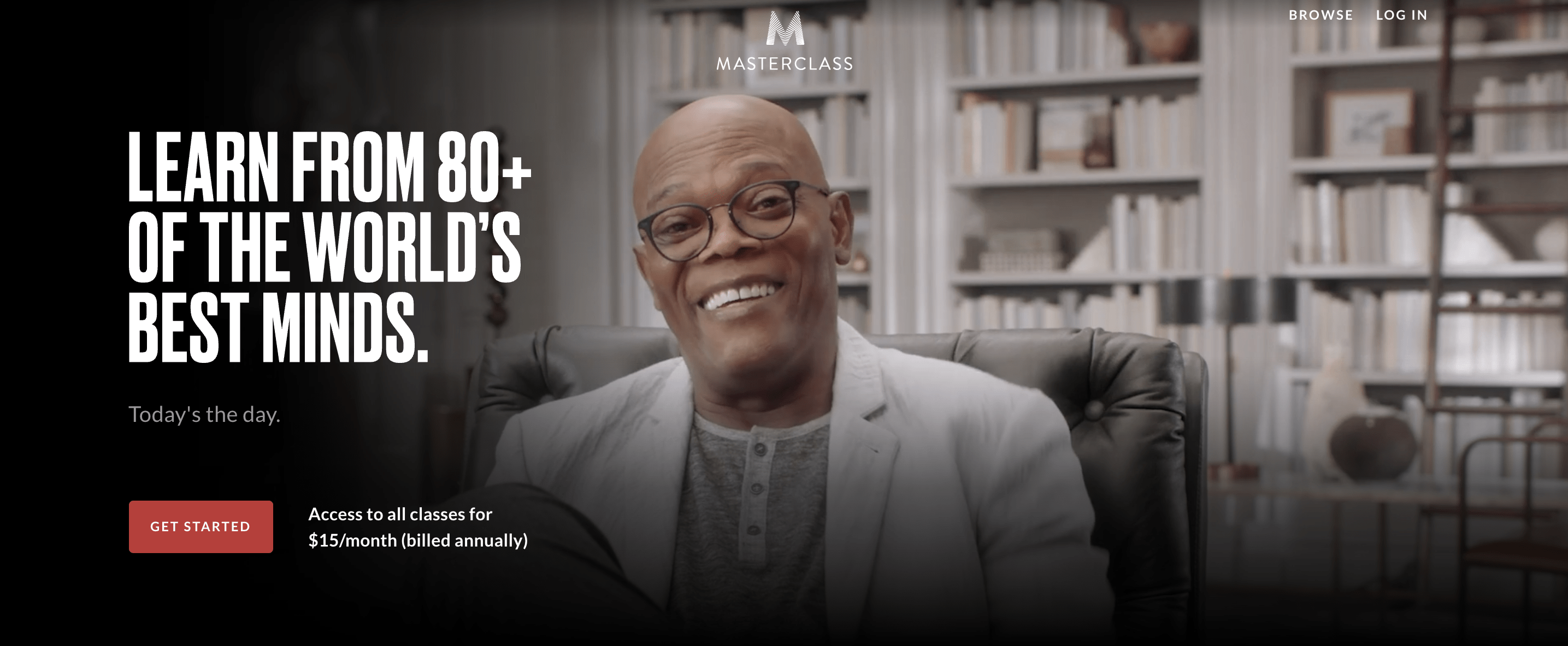 © Masterclass
© Masterclass EDUCATION AND LEARNING:
MasterClass
There’s a difference between taking advantage of a difficult situation and being wholly accessible when an opportunity arises. Only five years old, MasterClass somehow feels like it’s been at the core of specialized distance learning since the advent of the internet. And if being sheltered at home provides both an untapped opportunity for learning for some and the fear of falling behind for others, the more than 80 pre-recorded classes can inform and inspire. If you’ve ever considered what it may be like to dine at French Laundry and searched online for pictures or reservation information, you have probably been offered Thomas Keller’s courses by way of their digital remarketing efforts. Or if it’s design philosophy in architecture, for example, you may be introduced to Frank Gehry or somehow find your way into a casual astrophysics course with Neil deGrasse Tyson. Fair enough. You know us well, MasterClass. Most recently the company is spending big dollars to know us even better, investing an estimated $450,000 per day for YouTube and $120,000 daily for increasing impressions on Facebook during the last week of March. It’s clear that MasterClass feels as though the time is now to build their brand. And it is. In addition to offering even more affordable packages to new subscribers during quarantine, the service is working to bring subscribers and talent together through a series of live Q&A sessions with star athletes, writers, directors and subject matter experts. For organizations in need, MasterClass is providing more than 300,000 free passes. In short, it’s a new form of access to the subjects and people that most colleges simply can’t deliver.
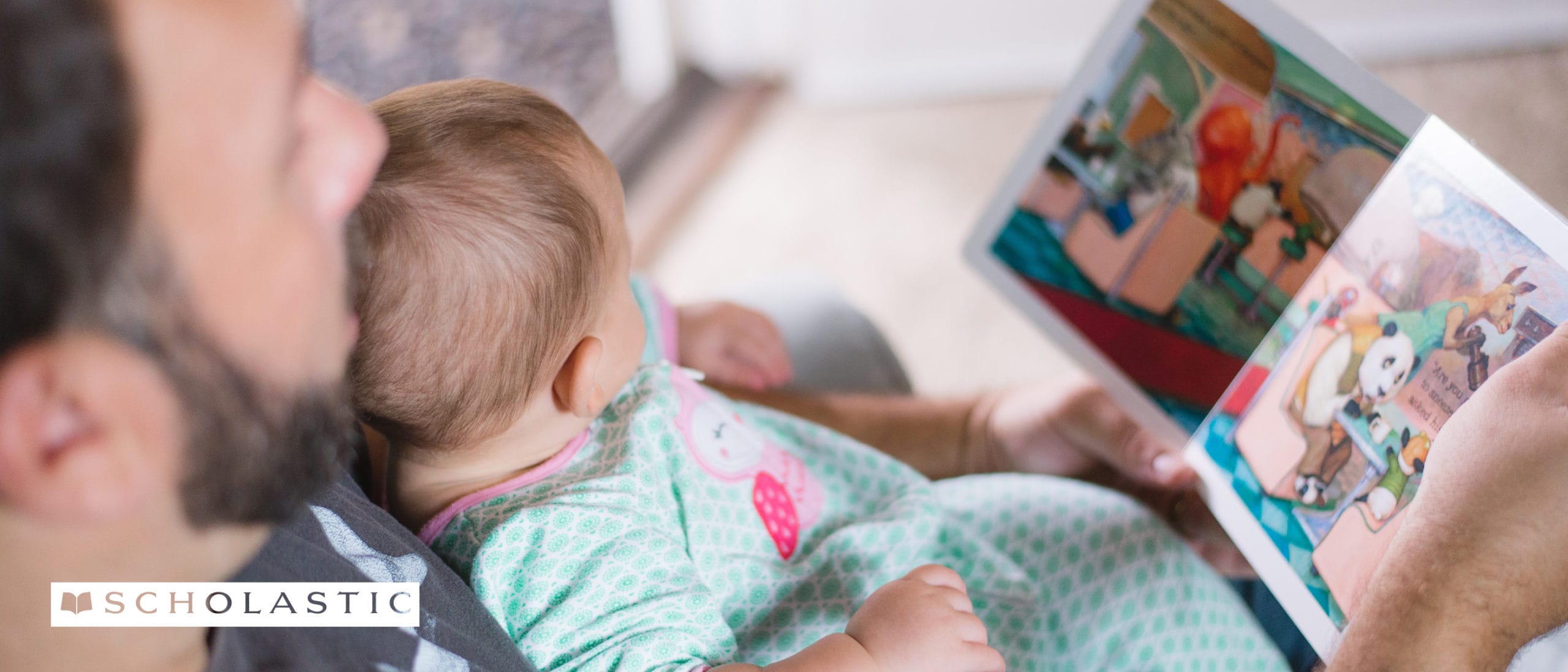 Photo © picsea, Unsplash
Photo © picsea, Unsplash Scholastic
What does a 100-year-old publishing company do to feel young again? Reinvent family story-telling via social media with the help of authors and celebrities. See the #OperationStoryTime hashtag for links to content from Scholastic and other who support the love of story.
When the classroom becomes even bigger: In the effort to forward COVID-related research and offer resources and facilities, see this collective response from U.S. universities and colleges.
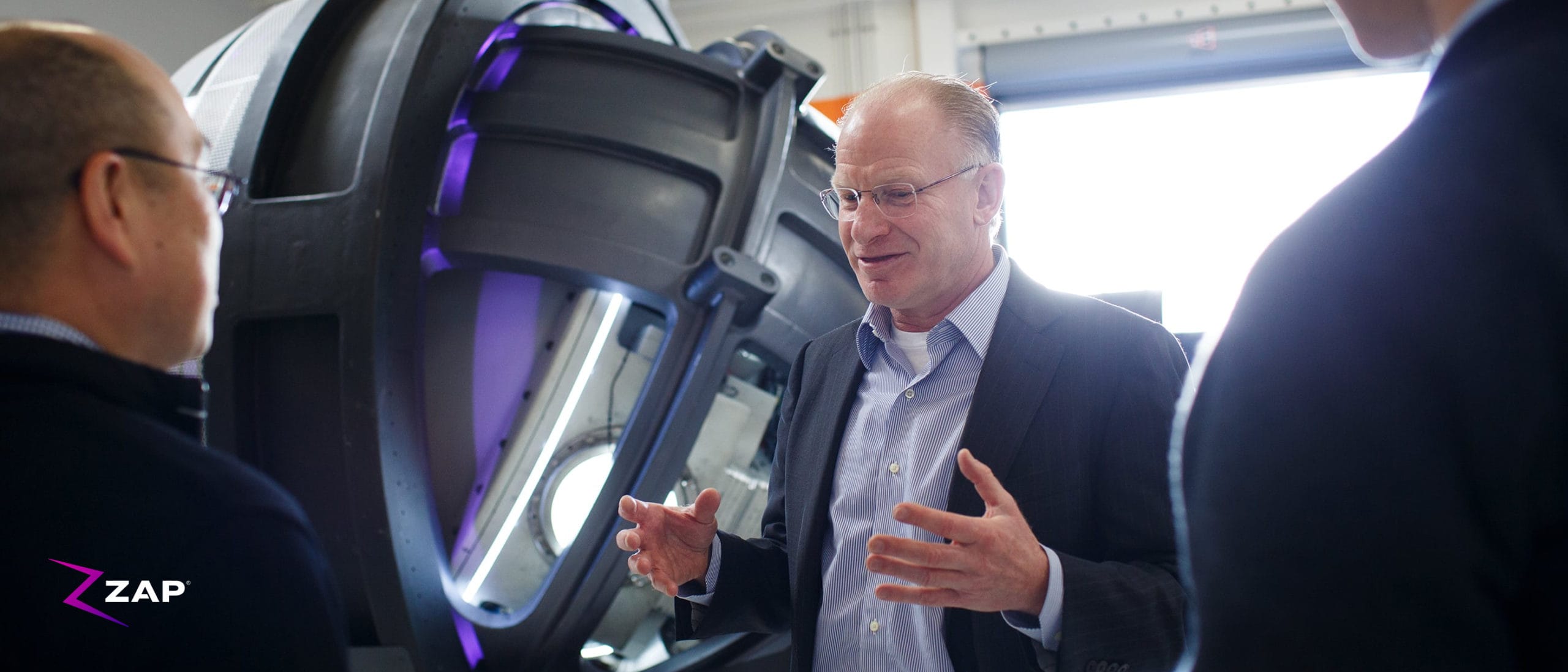 John R. Adler, MD, Neurosurgeon and Inventor of ZAP-X | © Toni Greaves Photography
John R. Adler, MD, Neurosurgeon and Inventor of ZAP-X | © Toni Greaves Photography MEDICAL TECHNOLOGY:
ZAP Surgical Systems
Medical technology is a high-impact, high-pressure industry, consistently challenged by regulation, increasing competition, and narrow margins. The perception is that MedTech can be a golden goose, and in some cases, it is. But COVID-19 has put a strain on supply chains and demand for everything from testing, to protective equipment and supplies. As if the industry isn’t challenging enough. The MedTech industry is both responding to the current realities of COVID while reimagining a world once this novel virus is behind us.
At OVO, we are fortunate to work with a number of innovators in the MedTech space. One client, ZAP, is breaking new ground in non-invasive treatment for brain cancer. For ZAP and so many in the industry, spring is the benchmark season for medical conferences. It’s the time for colleagues to meet, collaborate, and make important connections as well as to review and purchase new technologies for their clinics, hospitals and teaching facilities. In order to effectively respond to the recent cancellation of scientific meetings around the globe and build a bridge between physicians around the globe, ZAP partnered with OVO to develop the SRS Webinar Series to provide an educational opportunity to gather remotely with colleagues. The response has been incredibly strong and the series is working to position ZAP, a relatively new solution yet with a seasoned pedigree, to take a leadership position in facilitating discussions focused on the future of radiosurgery in the fight against cancer.
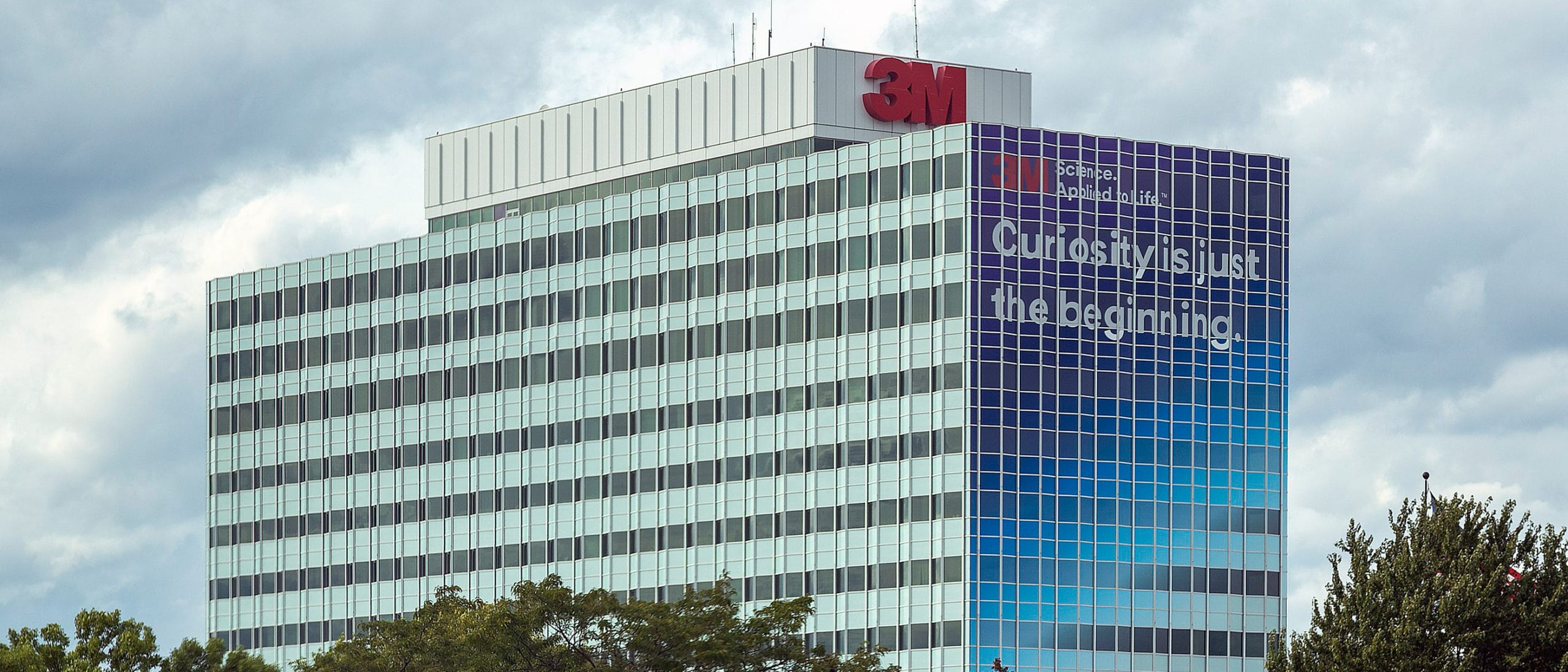 © wolterke, depositphotos.com
© wolterke, depositphotos.com 3M
Reporting first-quarter revenue grew nearly 3% to $8.08 billion, this good-news story is found in a simpler form of MedTech from 3M. Bolstered by double-digit growth in its health care segment; from consumer items such as Scotch-Brite sponges, to personal safety products for professionals, which include medical gowns and N95 respirator masks.
New thinking for new medical technology: As the MedTech sector imagines a future after COVID-19, McKinsey & Company suggests companies consider stress-testing operating models to strengthen crisis resilience and the longer-term path to recovery. And here, Medical Device and Diagnostic Industry address how COVID-19 will impact new technology.
A LAST WORD OF GRATITUDE:
As we close the final chapter in our short series about branding in the time of COVID-19, we hope you have found it informative and encouraging. We remain inspired by so many of our clients, from those we have listed above, to others like DoveLewis, Salem Health, De Paul Treatment Centers, and IntraOp; each organization addressing the health and well-being of individuals and families during this time. To our regional attractions clients like OMSI and Desert Botanical Garden, who are preparing for a time when people can return, reconnect and be immersed in learning. And to so many other clients—in education, hospitality, real estate, professional services and consumer goods—who are taking the proper measures in building their brands while caring for those who matter most: their employees and the clients they serve together. You are why we are here.
For a look back on those previous topics in this series, see Chapter 1: What Just Happened? and Chapter 2: Staying Safe While Thinking Forward.
As we have mentioned previously, we’ll be here whenever you need us. Be safe. Think forward. And we’ll look forward to seeing you very soon.

